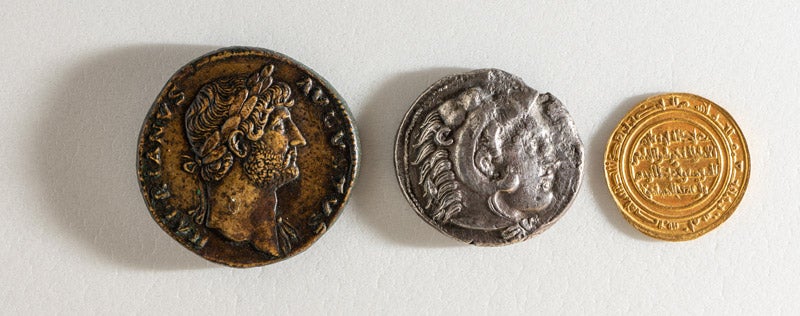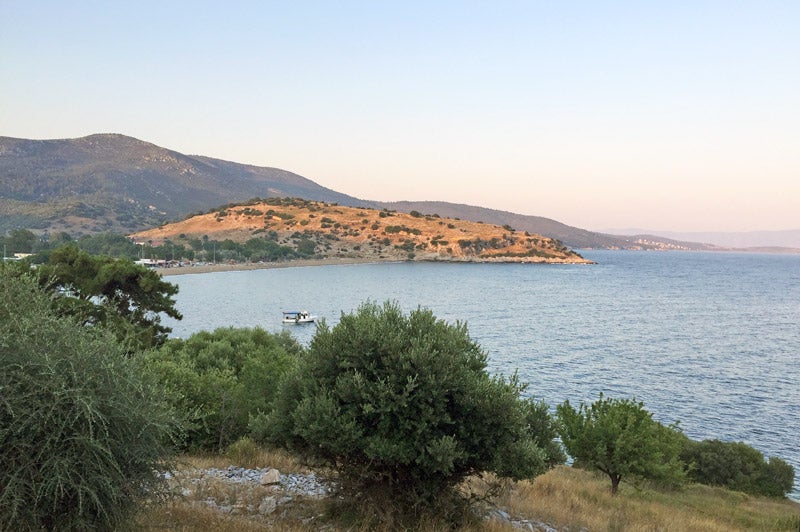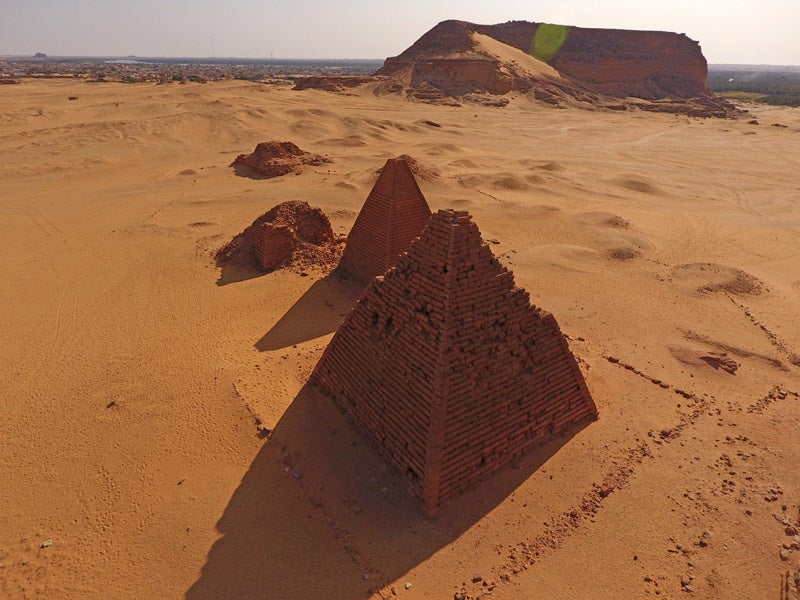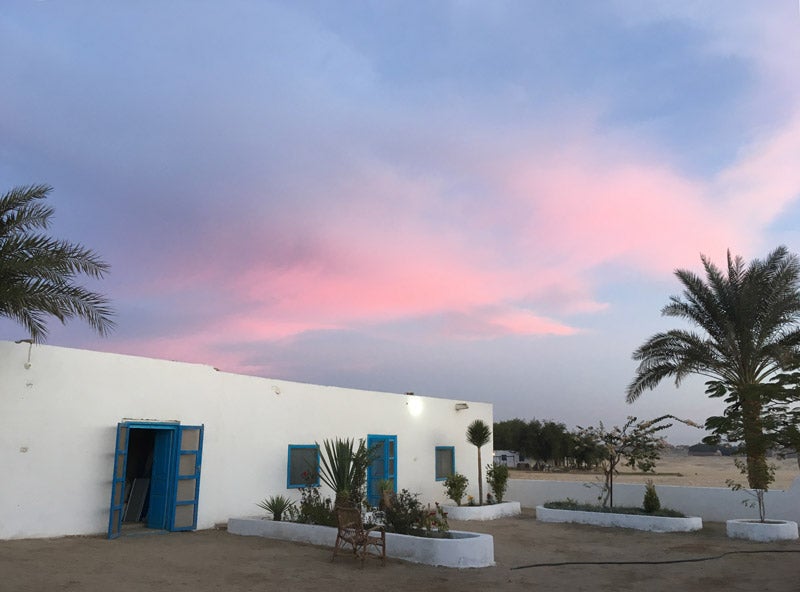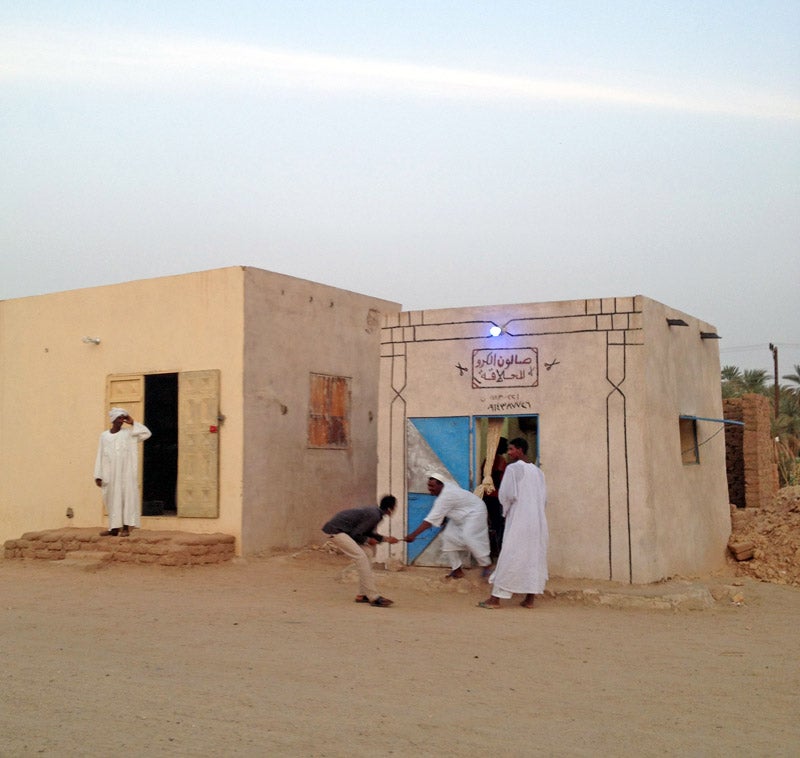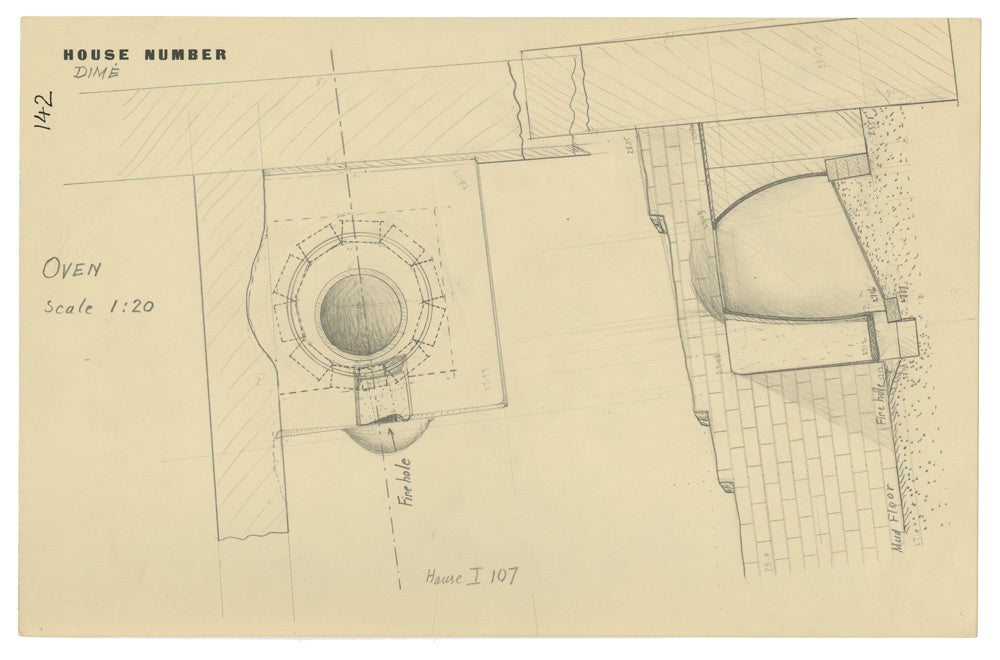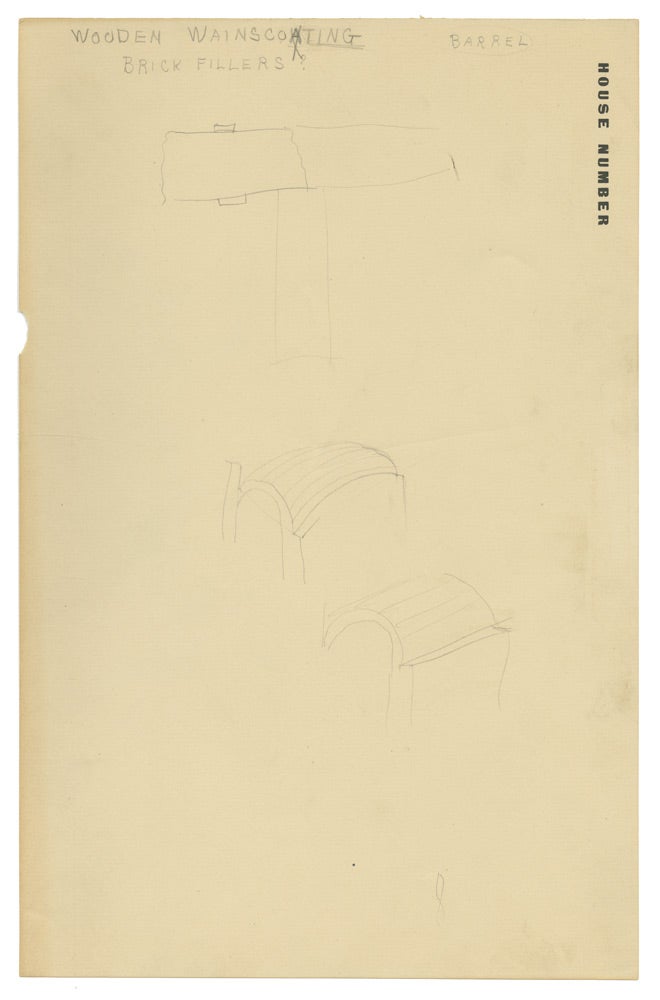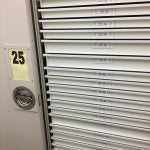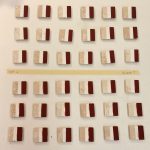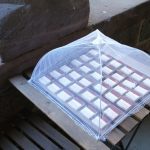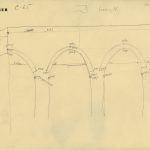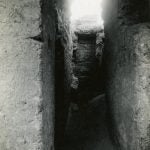Welcome, 2021–2022 IPCAA students!
The fall semester is in full swing here at U-M. Now that we’ve all hit our stride, let’s meet the incoming cohort of IPCAA students.

Lauren Alberti graduated magna cum laude with her BA in anthropology and classical studies at the University of New Mexico. She received an MA in classics with an emphasis in classical archaeology and a certificate in geographic information science at the University of Arizona. While in this program, she investigated the exclusivity of the Mycenaean state-sponsored feast by analyzing the built environment of potential feasting locales. Lauren also received an MA in comparative literature and cultural studies at the University of New Mexico. For this thesis, she explored Greek sympotic drinking behavior contextualized within the concept of the metron. Lauren has participated in archaeological projects in Greece, Italy, Ireland, and the American Southwest. She is also a collaborator for the WebAtlas of Ceramic Kilns in Ancient Greece. Her research interests include the sociopolitical implications of communal drinking events, sympotic poetry (particularly archaic Greek), identity construction and manipulation, and GIS.

Caroline Everts received her BA at Union College, New York, in 2019, with a double major in classics and anthropology. Graduating with honors, her undergraduate thesis examined the connections between burial practices and social identity in early Iron Age Greece as evinced through grave goods. During the spring of 2018, she studied at the Intercollegiate Center for Classical Studies in Rome. In 2021, Caroline earned her MA in classical art and archaeology from the University of Colorado Boulder. She has excavated the children’s cemetery on Astypalaia, as well as completed fieldwork in Italy at Aeclanum and worked with pottery from the Suburban Baths at Pompeii. Caroline’s research interests include the use of spatial and visual narratives, their connections to social identity, and their relationship within structures, particularly as shown through domestic architecture in the provinces.
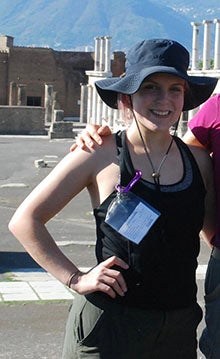
Abigail Staub earned her BA in archaeology and art history with a Latin minor from the University of Virginia in 2020. During her time at UVA, she conducted a multi-year, independent research project focused on cult spaces across Pompeian industries that resulted in the creation of a comprehensive database of shrine niches and religious paintings in Pompeian commercial spaces. This ultimately culminated in a distinguished major thesis, for which she earned high honors. During her time in Charlottesville, she also worked as an education intern at the Kluge-Ruhe Aboriginal Australian Art Collection and was employed as a museum assistant and docent at the Fralin Museum of Art. After the completion of her BA, she earned a post-baccalaureate certificate in classical studies from the College of William & Mary (2021). Abigail has completed a research assistantship in Pompeii (2018) and has excavated with the University of Michigan’s Gabii Project as a field school participant (2019). Her research interests include liminal identities in the Roman world (such as laborers, enslaved peoples, the elderly, and women), personal religion, and the materiality of domestic space. She is also passionate about museum pedagogy and accessibility of information to those outside the field of classics.
A hearty welcome to you all! We’re looking forward to getting to know you better and following your academic progress here at Michigan.
Welcome, 2021–2022 IPCAA students! Read More »

